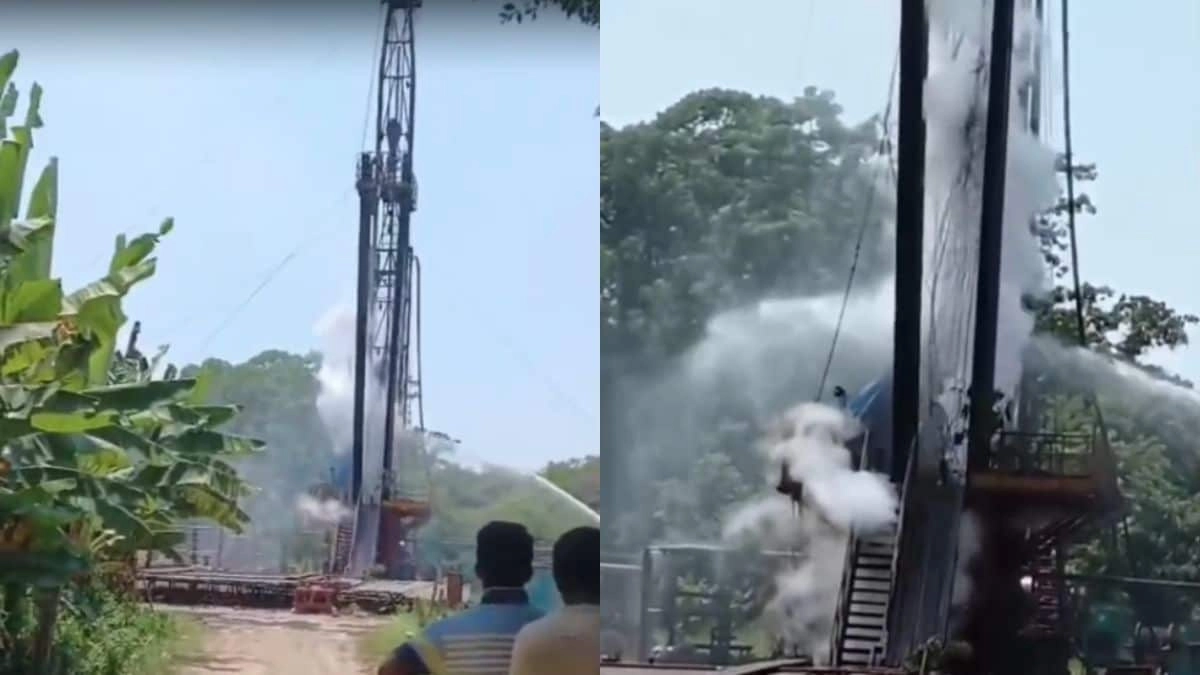After 16 days of persistent leakage, the Oil and Natural Gas Corporation (ONGC) well in Assam has been successfully capped, as announced by Hardeep Singh Puri, the Minister of Petroleum and Natural Gas. The incident, which drew significant attention due to its environmental implications and the risks associated with gas leaks, posed a serious challenge for the authorities and rescue teams on the ground. The well, located in the Tinsukia district, experienced a blowout, leading to the uncontrolled release of gas into the surrounding environment.
The capping operation was a complex and demanding task that required careful planning and execution to ensure the safety of both the personnel involved and the local communities. Puri expressed gratitude to the ONGC teams, local authorities, and the National Disaster Response Force (NDRF) for their unwavering commitment and efforts in managing the situation. The successful capping of the well signifies a crucial step towards mitigating the environmental risks associated with the gas leak, which had raised concerns among residents about air quality and potential health hazards.
In addition to addressing the immediate crisis, the incident has sparked discussions about the regulations and safety protocols in place for oil and gas operations in the region. Experts and environmentalists have called for a thorough review of existing measures to prevent similar occurrences in the future. The ONGC and government officials have also indicated that they will take the necessary steps to assess the impact of the leak on the surrounding ecosystem and implement strategies to restore the affected areas.
As the situation stabilizes, authorities are now focusing on monitoring the environmental impact and ensuring that local communities are informed and supported during this recovery phase. The successful capping of the ONGC well is a reminder of the importance of stringent safety practices in the oil and gas industry, as well as the need for ongoing vigilance to protect both people and the environment from such incidents. The incident serves as a catalyst for discussions about the future of energy operations in Assam and the broader implications for environmental sustainability.




